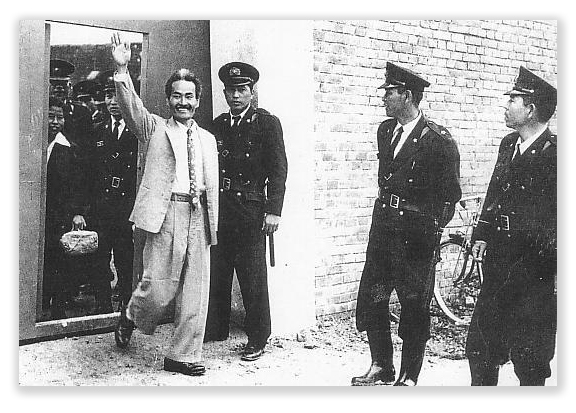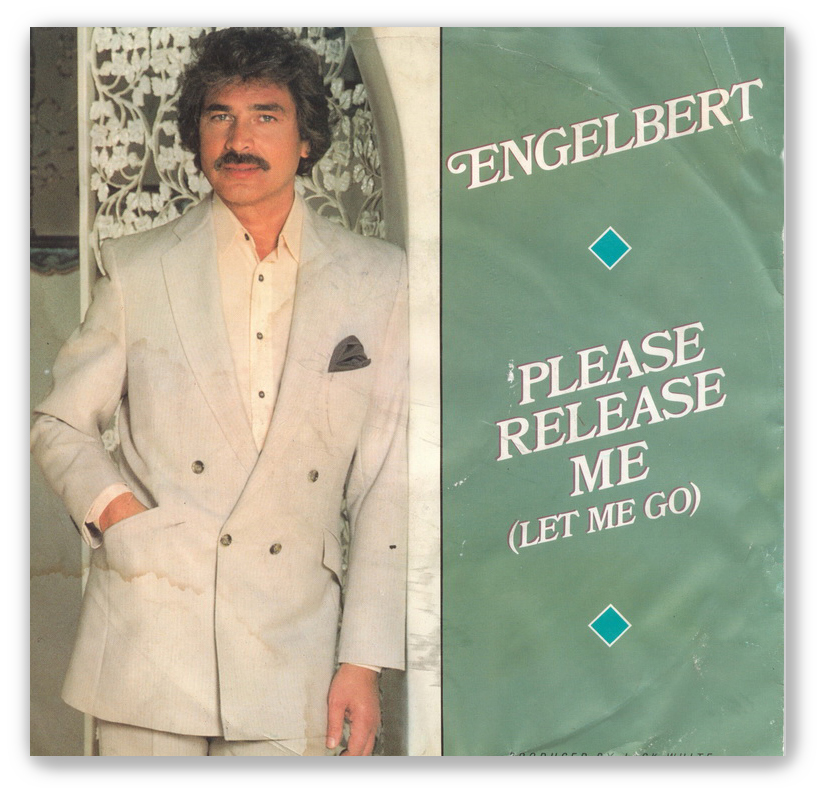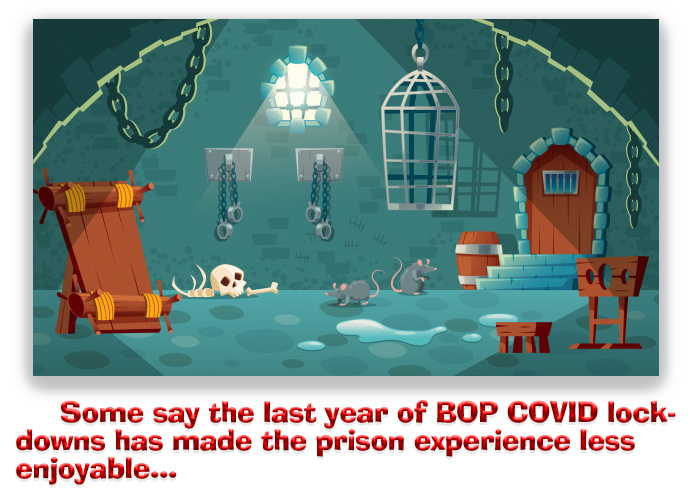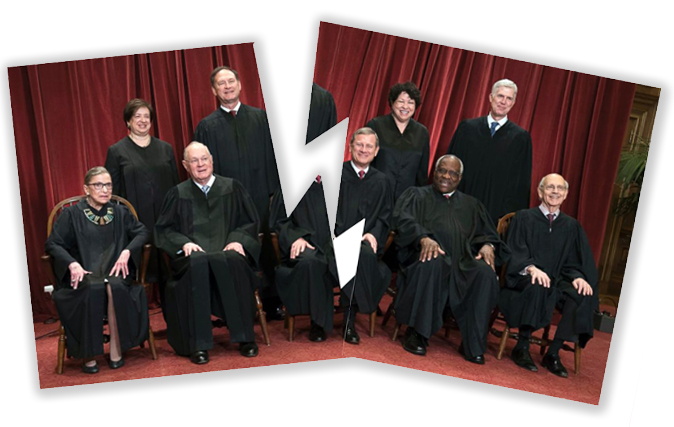We post news and comment on federal criminal justice issues, focused primarily on trial and post-conviction matters, legislative initiatives, and sentencing issues.

ROUGH WEEK FOR COMPASSIONATE RELEASE
A trio of cases last week suggest that at least two other federal circuits are joining the 11th in taking a dismissive view of compassionate release for COVID reasons.
 Rachel Effect: About 22 years ago, John Bass – who ran a substantial drug-trafficking organization in Michigan for about a decade – began serving two concurrent life-without-parole sentences for murdering a hitman whom John had hired to kill his half-brother.
Rachel Effect: About 22 years ago, John Bass – who ran a substantial drug-trafficking organization in Michigan for about a decade – began serving two concurrent life-without-parole sentences for murdering a hitman whom John had hired to kill his half-brother.
Yes, there is a certain amount of irony in murdering a hitman, even one you hired to hit someone else, but we’ll save that for another time.
In 2020, John filed a motion for sentence reduction under 18 U.S.C. § 3582(c)(1)(A)(i) �– commonly called a motion for compassionate release – due to his frail medical condition and susceptibility to COVID. The district court granted his motion in January 2021, but John only enjoyed a few weeks of freedom before the government convinced the 6th Circuit to stay John’s release, sending John back to prison.
Last week, the Circuit held the district court abused its discretion is letting John out, and reversed the release permanently.
In its 2-1 decision, the 6th Circuit focused almost exclusively on the seriousness of John’s crime, disagreeing with the district court that 22 years in prison was “sufficient, but not greater than necessary to fulfill the purposes of his punishment.” The Circuit held that the crimes “were so severe that the Government sought the death penalty, and Bass’s own defense counsel assured the jury that Bass would never leave prison in an effort to avoid imposition of the death penalty.”
 The district court justified its decision to release John by repeatedly emphasizing his rehabilitation and education. But, the 6th wrote, the district court “failed to square this lengthy rehabilitation analysis with the fact that Bass’s original sentence was life imprisonment without the possibility of release… In deciding Bass’s original sentence, the jury and the district court had already considered and rejected the possibility that he could be rehabilitated, or that his capacity for rehabilitation warranted the potential for an early release. This is not to say that compassionate release is never available for a defendant sentenced to life imprisonment without the possibility of release. We assume that there are circumstances that would warrant compassionate release for a defendant so sentenced. But the nature of Bass’s life sentence calls into question the district court’s decision to afford substantial weight to his efforts at rehabilitation after only 22 years in prison.”
The district court justified its decision to release John by repeatedly emphasizing his rehabilitation and education. But, the 6th wrote, the district court “failed to square this lengthy rehabilitation analysis with the fact that Bass’s original sentence was life imprisonment without the possibility of release… In deciding Bass’s original sentence, the jury and the district court had already considered and rejected the possibility that he could be rehabilitated, or that his capacity for rehabilitation warranted the potential for an early release. This is not to say that compassionate release is never available for a defendant sentenced to life imprisonment without the possibility of release. We assume that there are circumstances that would warrant compassionate release for a defendant so sentenced. But the nature of Bass’s life sentence calls into question the district court’s decision to afford substantial weight to his efforts at rehabilitation after only 22 years in prison.”
The decision includes an interesting discussion of sentence disparity. The district court had ruled John’s sentence was too long compared to a co-conspirator who was sentenced in a state court for his crimes. The Circuit disagreed, holding that although “district courts may consider disparities among codefendants, the only disparities relevant are those among federal defendants on a national scale… By considering state court sentences, a district court actually is re-injecting the locality disparity that the Sentencing Reform Act of 1984 was designed to guard against.”
[Editor’s note]: The whole “disparity” argument comes down to (1) fairness to the defendant, and (2) perception of the public. A defendant figures 10 years is 10 years, or life is life, whether it’s served in a federal prison or a state joint. Likewise for the public, there’s no difference in where the sentence is served: if one guy gets five years in state while another gets 20 in a federal prison, the public sees a disparity that tends to cause disrespect and lack of confidence in the judicial system. But implicit in the 6th Circuit holding is that the public understands and appreciates the nuances in the system, the “separate sovereigns” and all that claptrap.]
 I don’t usually mention dissents, but Judge Helene White wrote a notable one in this 2-1 case. She quite rightly suggested the majority was applying a different standard because it was the government appealing a compassionate release decision favorable to the defendant, instead of the usual disappointed prisoner appealing the district court’s siding with the government. Judge White admits that if she had been the district judge, she would not have granted John’s motion. “However,” she said, “the district court adequately explained its decision and did not abuse its discretion in concluding otherwise. We must apply the same rules on review without regard to whether the government or the inmate is aggrieved by the district court’s decision… We require district courts to provide only the most minimal explanation, and we must defer to their judgment in weighing the § 3553(a) factors and not substitute our own…”
I don’t usually mention dissents, but Judge Helene White wrote a notable one in this 2-1 case. She quite rightly suggested the majority was applying a different standard because it was the government appealing a compassionate release decision favorable to the defendant, instead of the usual disappointed prisoner appealing the district court’s siding with the government. Judge White admits that if she had been the district judge, she would not have granted John’s motion. “However,” she said, “the district court adequately explained its decision and did not abuse its discretion in concluding otherwise. We must apply the same rules on review without regard to whether the government or the inmate is aggrieved by the district court’s decision… We require district courts to provide only the most minimal explanation, and we must defer to their judgment in weighing the § 3553(a) factors and not substitute our own…”
It looks like a ratchet: if the district court denies a compassionate release motion, it has almost untrammeled discretion. If, however, it grants one, the circuit court will examine its decision with a magnifying glass and gimlet eye.
COVID Isn’t the Only Thing the Vaccine Prevents: In two other cases last week, the 6th and 7th Circuits held that a vaccinated inmate is disqualified from receiving a COVID-19 compassionate release. The 6th flatly held that “a defendant’s incarceration during the COVID-19 pandemic – when the defendant has access to the COVID-19 vaccine – does not present an extraordinary and compelling reason warranting a sentence reduction… The COVID-19 vaccine is available to inmates at Traylor’s facility, and Traylor has received both doses of the Pfizer vaccine.”
 The 7th Circuit also slammed the door on COVID-19 compassionate release, holding that “unless a prisoner can show they [sic] are unable to receive or benefit from a vaccine… the availability of a vaccine makes it impossible to conclude that the risk of COVID-19 is an ‘extraordinary and compelling’ reason for immediate release… Because the prisoner is vaccinated, he is ineligible for relief on remand.”
The 7th Circuit also slammed the door on COVID-19 compassionate release, holding that “unless a prisoner can show they [sic] are unable to receive or benefit from a vaccine… the availability of a vaccine makes it impossible to conclude that the risk of COVID-19 is an ‘extraordinary and compelling’ reason for immediate release… Because the prisoner is vaccinated, he is ineligible for relief on remand.”
The fly in the ointment – as the death of General Colin Powell illustrates and the data all support – is that vaccine efficacy fades over time. No one knows for how long that time is, but the CDC has already recommended boosters, which could be. At the same time, vaccine effectiveness varies according to a person’s condition, with studies showing that it is less effective in obese people. With a new COVID delta subvariant just identified in the UK, not to mention the increasing occurrence of “breakthrough” infections among the vaccinated, the appellate courts may discover that the effects of the coronavirus is quite resistant to the “one-size-fits-all” vaccine approach.
United States v. Bass, Case No. 21-1094, 2021 U.S. App. LEXIS 32738 (6th Cir., Nov 3, 2021)
United States v. Traylor, Case No. 21-1565, 2021 U.S. App. LEXIS 32493 (6th Cir., Nov 1, 2021)
United States v. Kurzynowski, Case No. 20-3491, 2021 U.S. App. LEXIS 32966 (7th Cir., Nov 5, 2021)
National Geographic, An Offshoot of the Delta Variant is Rising in the UK (November 2, 2021)
The Wall Street Journal, Rising Covid-19 Breakthrough Cases Hinder Efforts to Control Virus (November 6, 2021)
– Thomas L. Root


 As a procedure, compassionate release is still fairly new. Courts have only had to develop the standards for judging what constitutes an extraordinary and compelling reason for a sentence reduction and what 18 USC § 3582(c)(1)(A)’s squishy directive that a court “consider[]the factors set forth in section 3553(a) to the extent that they are applicable” means in the last five years.
As a procedure, compassionate release is still fairly new. Courts have only had to develop the standards for judging what constitutes an extraordinary and compelling reason for a sentence reduction and what 18 USC § 3582(c)(1)(A)’s squishy directive that a court “consider[]the factors set forth in section 3553(a) to the extent that they are applicable” means in the last five years.






























